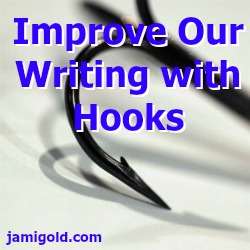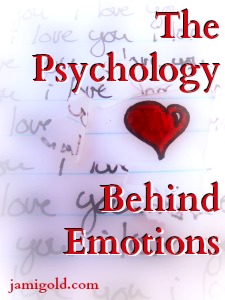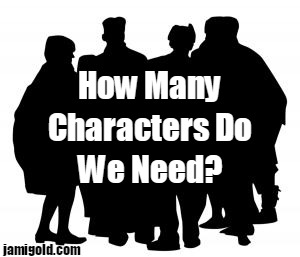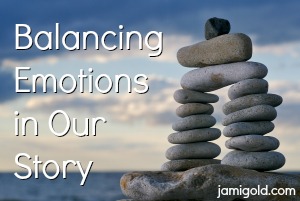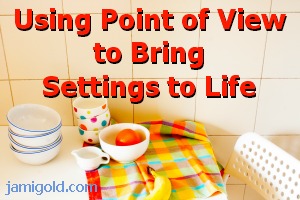One of my most popular posts is for my Romance Beat Sheet, but one of my readers asked if I could create a Scrivener template to go along with the Romance Beat Sheet. Yes! If you’re a romance author and use Scrivener for drafting your stories, today’s post is for you.
Pin It
Read More
Stories with multiple major characters—with their own point-of-view (POV) scenes—can make story structure complicated. Do we have to make beat sheets for each character? As a romance author, I write with multiple POVs all the time, so let’s see if we can figure out how to make beat sheets work in those situations.
Pin It
Read More
One of the ways we create compelling writing is by creating a need within our readers to keep turning pages. So a common piece of advice is to create hooks—phrases, sentences, ideas, questions, etc.—to fuel that need within readers. Today, Mary Buckham’s here to touch on the 9 types of hooks and to answer frequent questions about hooks.
Pin It
Read More
Either plot events affect the character and the story, or they don’t. If we understand the difference, we can learn what to look out for and know how to fix any problems.
Pin It
Read More
We usually want to keep the reader immersed in the story and keep readers’ interest by engaging their emotions. But when we understand the psychology driving emotions, we might be able to make those emotions more realistic or recognize when there’s a disconnect on a character’s emotional journey.
Pin It
Read More
How we describe characters often depends on our story’s genre and what impression we want readers to have. When we’ve talked about descriptions here before, we focused on how it’s important to describe our settings enough to anchor our readers. Do we have to describe our characters to the same extent?
Pin It
Read More
Kim wants to know if there’s an optimal number of characters to include in a novel. That’s a great question because we want to hit the balance between the claustrophobia of too few characters and the confusion of too many characters.
Pin It
Read More
In the real world, the cause of something happens before the effect. But in writing, we can put words into any order we want, which might leave the reader confused. If they have to reverse events in their head, they’re probably no longer immersed in our story. Not good.
Pin It
Read More
The ability to manipulate our readers’ emotions is a good thing (as screwed up as that sounds). Storytelling and keeping readers’ interest often comes down to creating emotions in our readers. So let’s take a closer look at how we create emotions in our readers and how we find the right balance.
Pin It
Read More
The trick to sharing setting information (which our readers do need) without dragging down the pace is to write active descriptions. Active descriptions let the reader imagine the setting in their mind, keep them anchored in the story, and slip in information so seamlessly that they never realize they’re reading descriptions.
Pin It
Read More



